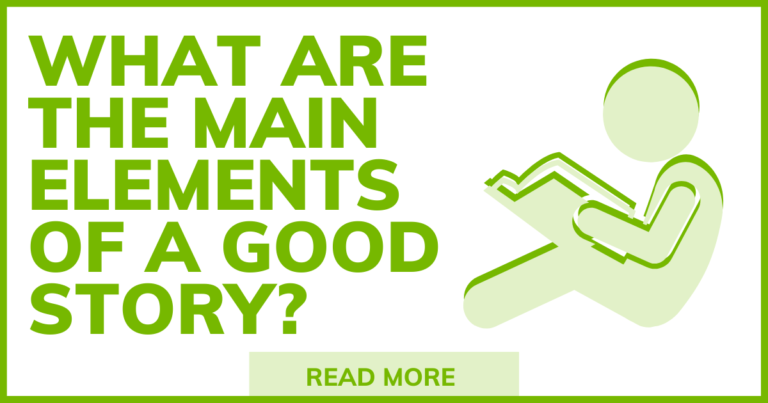Elements You Need to Create the Story
Below you will find our key takeaways with tips and examples on how to apply our methods from a small local charity in the UK working with Autism.
This is where you provide the key details of where your story is set such as location, context, key figures and a hint at the trouble, controversy or challenge that will unfold. You can use the title or introductory paragraph of your page to set the scene for your story.
Remember to keep it short (one or two sentences) and if possible, an image that supports the copy can be enormously powerful and draw people in.
Max is one of 2.8 million people affected by Autism in the UK
Max did not say his first word until he was three, when he said ‘bear.’ It was such an amazing moment; I had waited so long to hear his little voice.
The protagonist is the character you will be talking. Your story needs a protagonist, with whom the reader can relate and empathise.
You are telling their story, not your own so you should avoid using ‘we’ or ‘our’ at this point.
Until Max’s fifth Christmas in 2017, he could not tell his parents what he wanted from Santa. He could not speak. His parents waited over 3 years to hear his voice. They had never been able to ask him what he wanted for tea, let alone Christmas.
Most charities will not just be aimed at helping one person but more likely a cause will be multifaceted with many challenges to face. However, for the sake of the story, focus on one problem faced by your protagonist.
Try and introduce the problem early to both grab attention and make sure the reader understands and relates to the problem quickly.
Max had just turned three when he was diagnosed with autism, but his parents knew something was wrong at around 18 months. Max had no words, and so his communication became very physical. Max would become very agitated, frustrated, and had lots of meltdowns.
Do not just set out a timeline of events. The middle part of the story is where you can lose a reader so use this to reveal the full extent of your protagonist’s challenge. For example, there are ‘X number’ of other people in the same situation that all need support.
Keep it simple and easy to follow. Avoid using complicated words. Allow the reader to picture what is happening.
Max would his head against the hard floor. His Mum had to lie with him and physically restrain him so he could not harm himself too badly. Max’s parents knew they had to get their son a specialist school placement as mainstream education was not meeting his needs.
Having reached the middle and explored the depth of the challenge faced you can start putting things back together. One proven way to do this is asking questions of the reader that helps them with you to look at potential solutions.
This is where you show how they can make a difference.
Thanks to an early diagnosis and the success Max has had at our specialist autism school, Max is now able to speak. His conversation is not yet fluent, but the progress has dramatically reduced his negative behaviours, often born from frustration. It is easy to take our ability to communicate for granted. It takes time and expertise to coach young children through the frustrations of not being able to do so.
This is where you show your reader why your organisation exists, and the importance of it.
Remember to be concise but also powerful in showing that your charity can make a difference with the help of the reader.
Thankfully, Max’ story is a positive one but there is no cure for autism. The strategies Max learns in his childhood will help him navigate the rest of his life. With its connection to our specialist school , Autism Lives is uniquely placed to provide the care and support children with autism need to thrive.
And this is where you ask the reader to help whether it is a one-off donation or setting up a regular giving programme.
Make sure what you are asking is relevant to your story and quickly achievable. If you have links to donate on-line this is where you would put it. Again, keep it concise and simple.
Please be a part of Christmas giving this year by supporting Autism Lives to help extraordinary families like Max.’


